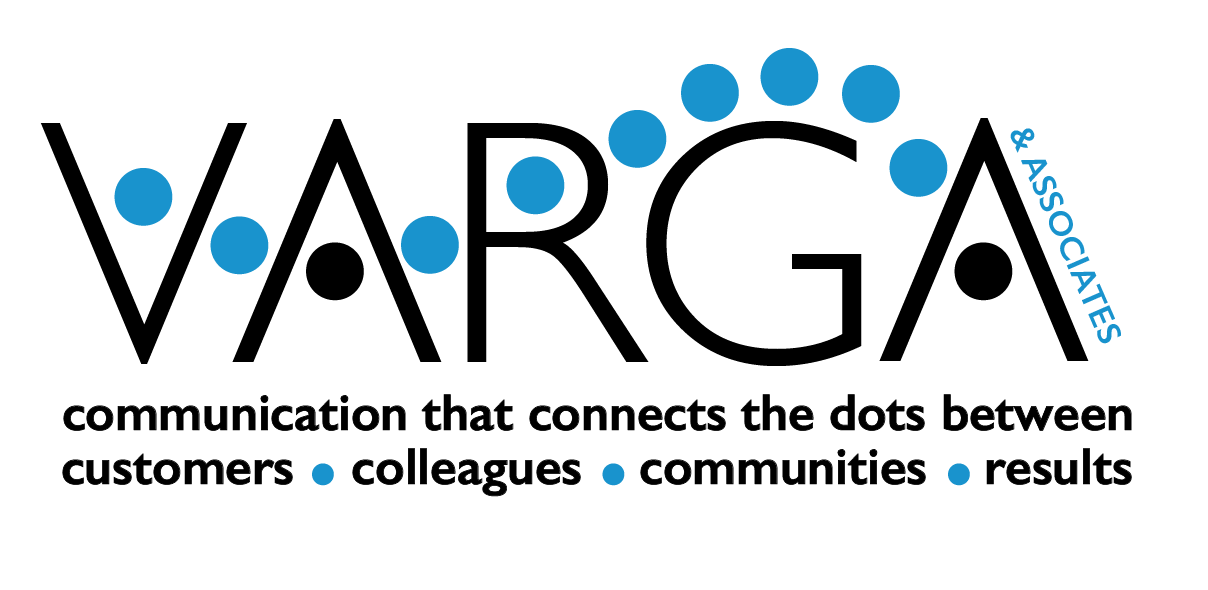Recently I went searching through my home for a pair of hiking boots that I needed for an upcoming trip. When I say I searched, I mean I looked in every single nook and cranny and rummaged through storage bins in the back of closets or neatly tucked underneath beds. Nothing. Nowhere. And then the miracle happened.
I looked up.
Yup, I went into a suspect closet and looked up. There they were on the highest shelf staring (or laughing) at me! I had already searched that closet but this time I looked up.
This got me thinking about how so much of our time is spent looking down – at our phones, keyboards, sidewalks, and preparing meals, etc. You can test this theory by simple observing the next time you are in a public place – look around. Is anyone looking up?
We, of course, have moments when we do look up. Gazing at the sky to check the weather, surveying a tall building admiring the architecture, or peering at a bird in a tall tree. But those moments are much less frequent than gazing downward
Colin Ellard, Ph.D. says, “It turns out that our visual brains have several distinct systems. One of them is more specialized for the graspable interaction space of the lower visual field and another is specialized for the visual field above the horizon.”
Neuroscientist Fred Previc shares that this second visual system in the brain area is strongly activated during religious experiences, meditative activity, dreaming, and probably any kind of artistic or creative activity that encourages us to reach beyond the bounds of nearby time and space into the infinite and eternal.”
In essence, when we look up, research tells us we become more open to being playful, creative, and can more easily access moments of awe. So, the next time you are attempting to solve a problem, visualize the future, create, and expand – trying going to your nearest park, sit on a bench and look up.







